The Making-of ArtScopeTO 01
When I interviewed mixed-media artist Annie Mandlsohn and photographer-writer Robert J. Brodey at the launch of an exhibition of their work at Toronto’s Urban Gallery (see the Editor’s Blog at KQEK.com), the original intention was to edit their comments into a podcast, but a number of technical and practical factors made it clear a straight audio-only Q&A would not work, so I opted for a short video that showcases the comments of the artists plus Urban Gallery curator Allen Shugar, who sets up both the gallery’s mandate and the artists for viewers.
Vimeo:
YouTube:
I edited their comments for clarity, and fed the audio into a vintage B&K Precision model 1470 oscilloscope, a gizmo I bought via Ebay. (Someone was selling it for a reasonable price in Canada, and more importantly, I needed a ‘there-there, feel-better’ present after spending two months to get Bell Canada to finish a job that was supposed to be a no-brainer in early August.

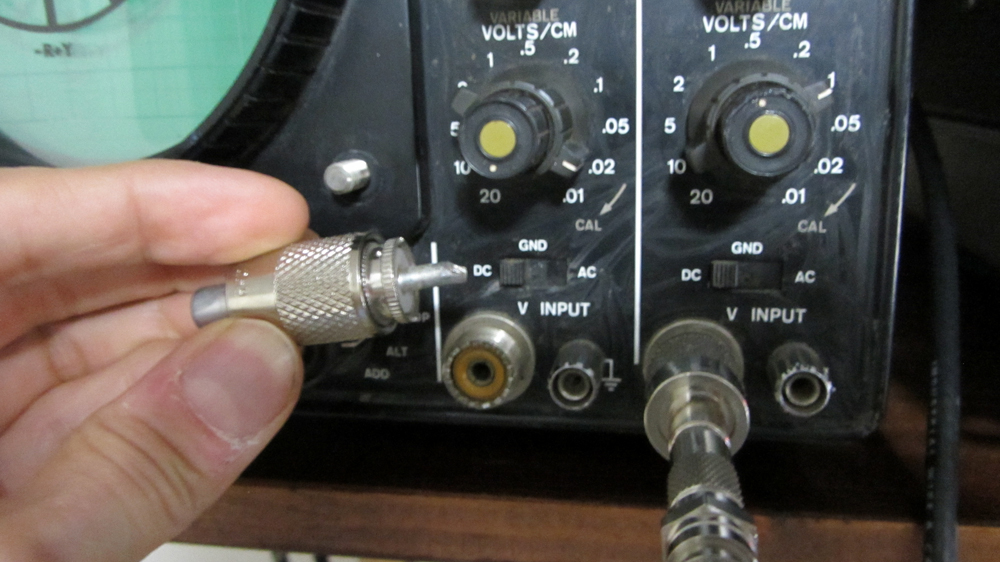
B&K’s gear seems similar to the measurement and calibration devices made by Tektronix, and this particular o-scope stood out because it has a large round tube with thicker lines. The 1470 model is also dual-channel (and has a Z-axis input), so I can send in a stereo audio signal and select either track, place them side-by-side, or squish the A and B inputs into an averaged single line.
The big plus of the scope is the easy removal of the four bolts that enable one to remove the faceplate, the measurement overlay, and most importantly, the grid graticule that’s printed on a thick clear lucite slab instead of the tube itself. Put another way: you can remove all the measuring grids and film a clean tube to film.
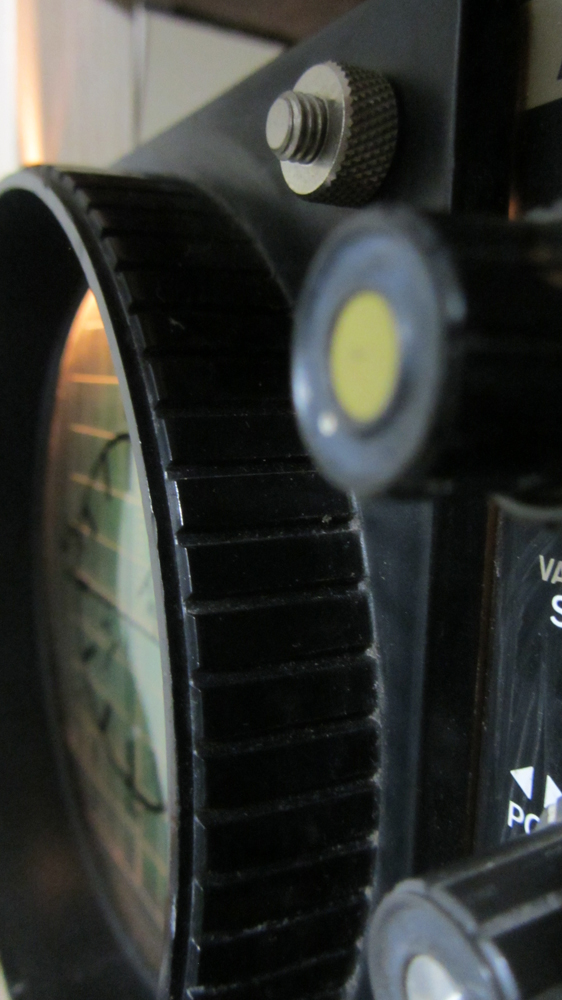
The workaround when using my Hung-Chang o-scope is to blur the recorded image in Premiere because that’s the only way to fuzz out the graticule, even after carefully filming the screen with a contrast setting that minimizes the graticule’s visibility.
The B&K’s clean tube makes it easy to shoot the ever-flowing waves of audio, which was done using a Sony Digital 8 DCR-TRV140 because it has a firewire output that allows direct recording within Adobe Premiere.
Because the camera doesn’t have an audio input for a mini mic, I placed sync beeps at the head and tails of each audio clip, so once the video was recorded, I just matched up the video with original wav audio files by making sure the beeps that bookended each clip were matched by sudden wave spikes that bookended the video footage. There is some drift, but it’s a workable system that’s literally derived from syncing 16mm footage to audio by matching a beep on the magnetic audio track with the moment a clapper is seen firmly closed on film.
Unlike the Hung Change and modern o-scopes, the B&K uses a round tube, which does make it impossible to convert into a widescreen image without severe distortion, but I wanted a circular image because it offers a variety of different possibilities, in terms of stretching the image into spheres or ovoids. (This is one reason why I see myself slowly building a collection of o-scopes: different sizes, different colours, and ultimately more options to create a variety of wavy abstract visuals.)
With no graticule, the only artifacts that appear in the filmed image are traces of burnt-in forms from the o-scope’s prior owner(s) who kept a steady trace line in the screen’s upper region, and a small blot that was maybe part of regular signal measuring. (It’s like the faint imprint of whatever area or object was displayed on a security monitor during its main usage.) The burns don’t appear unless you remove the red and blue colours in the footage, and boost the green levels; then you see the marks (although they can be faintly seen in when the o-scope’s on in the dark).
The second caveat are two amber bulbs that turn on when you turn the power knob to On. They’re in the upper corners of the unit and illuminate the graticule faceplate, but when you turn the power knob to its farthest right position, the lights are dimmed and you get only the o-scope’s clean tube.
As you can see in the pictures below, the facial components are easily removable:
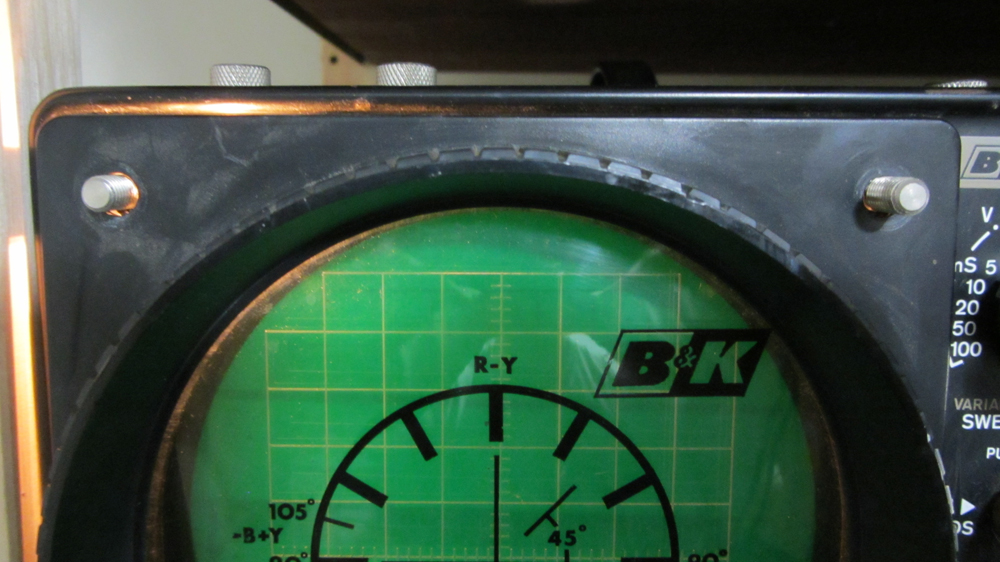

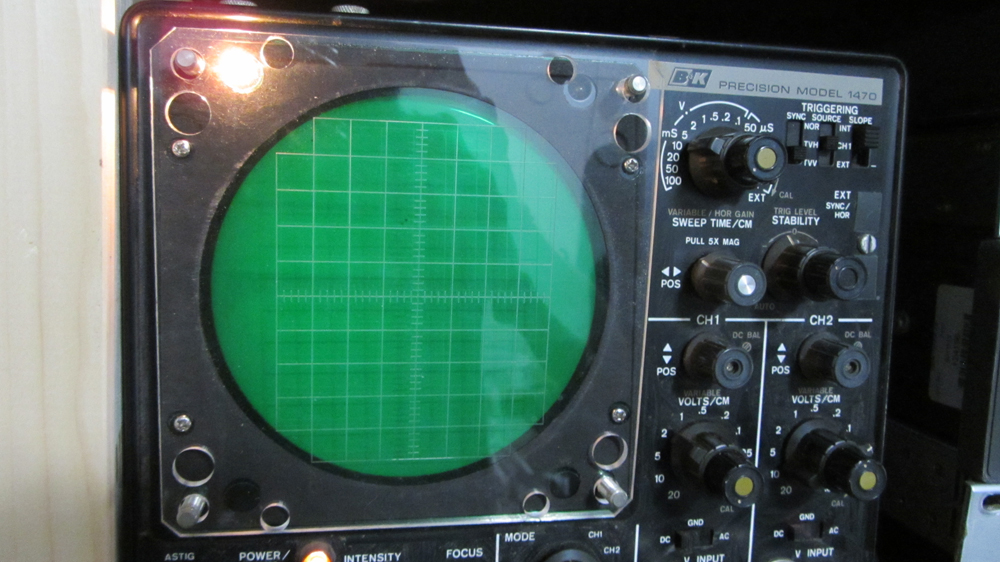


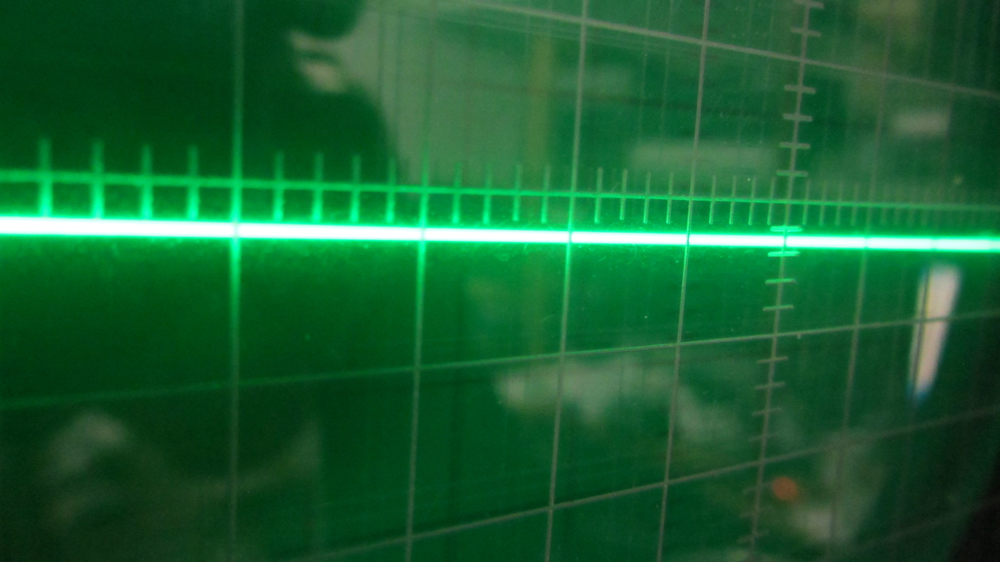
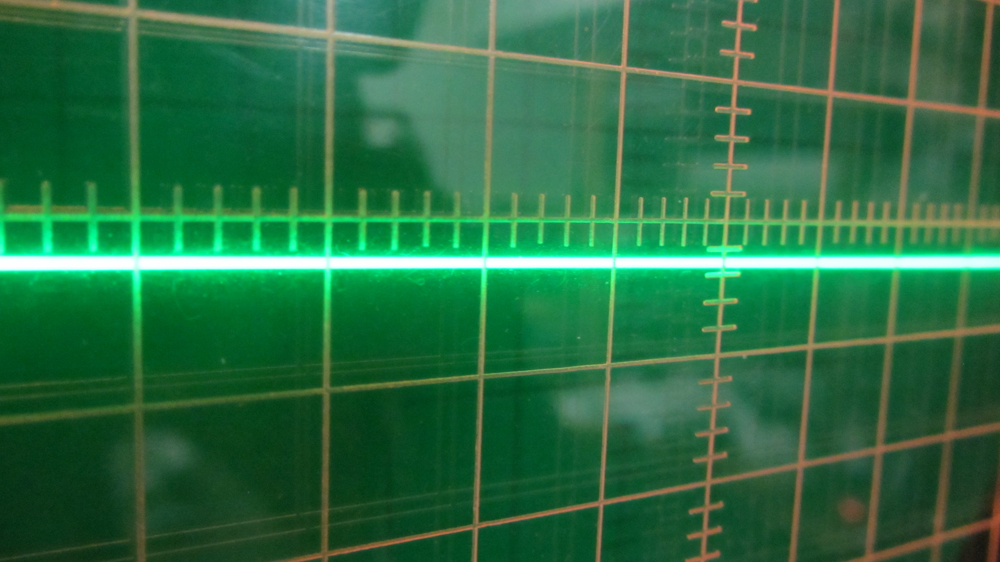
Another caveat is that although the graticule lights can be dimmed, they’re not turned off, so when shooting the o-scope in the dark, either cover the lights with taped cardboard or put the faceplate back on (although you might still get a faint amber light bleeding into the tube area).
Within Premiere, the recorded images were treated using custom settings, layered with various plugins, and colours altered at various stages, with regular tweaks between contrast / brightness and RGB colour tweaking.

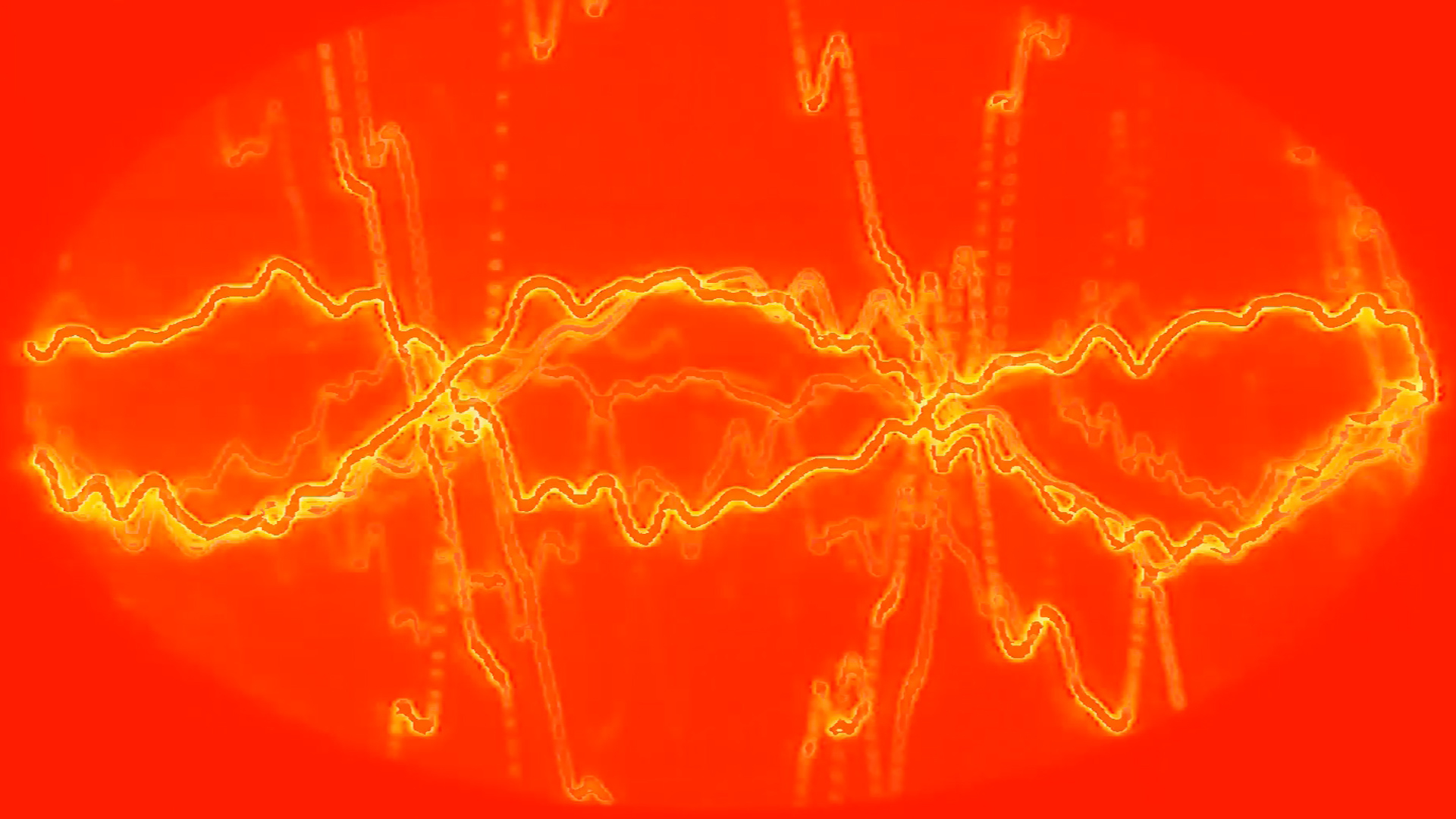

I rendered large 1080p files of each layered file with edited interview audio, and cut that footage into the final 1280×720 timeline with a few slight tweaks here and there. The transitions between captions and interviews are anchored to a through-line that worked with a wipe effect making it appear the through-line was being pushed away by the o-scope’s trace line seconds before the audio begins (see third frame grab).
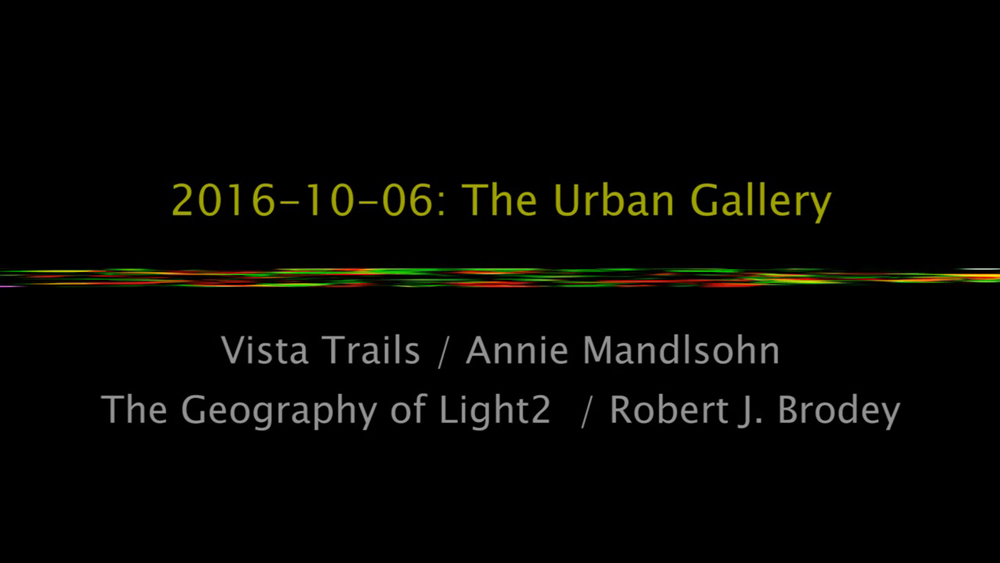
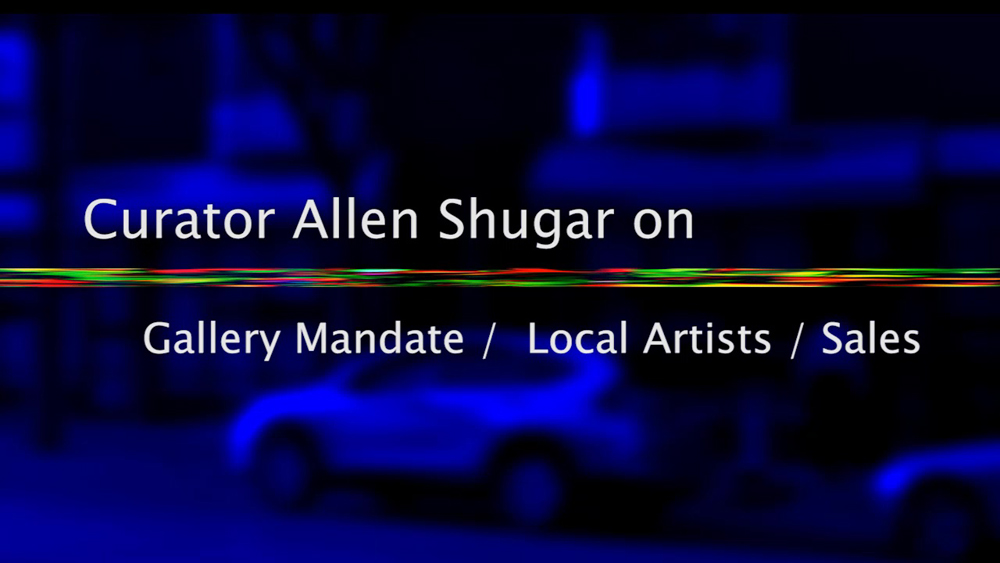
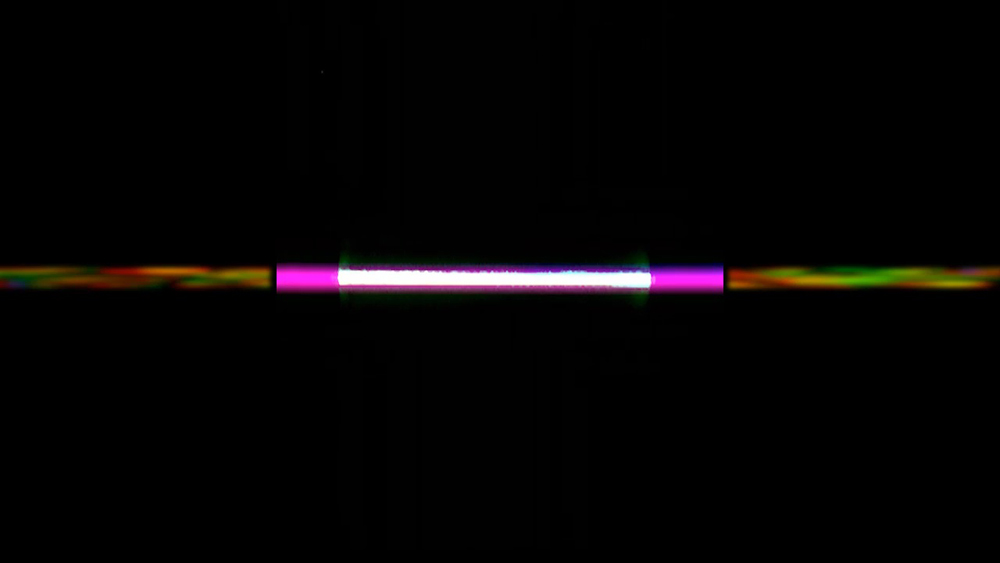
The through-line itself is a squished version of footage I shot a while ago at Withrow Park, taking foliage and turning it into a jelly-like mass within Premiere. All movements within those pattern blocks are not digitally created, but wind blowing leaves. That’s it.

Some of those pattern blocks I’ll make available for purchase as stock footage, but for now, the first set of footage and loops for sale will be derived from the Nima Fakhrara podcast. I should have the clips ready for preorder by mid-week, but here’s a few frame grabs from the red footage that can be bought royalty-free in about a week’s time:
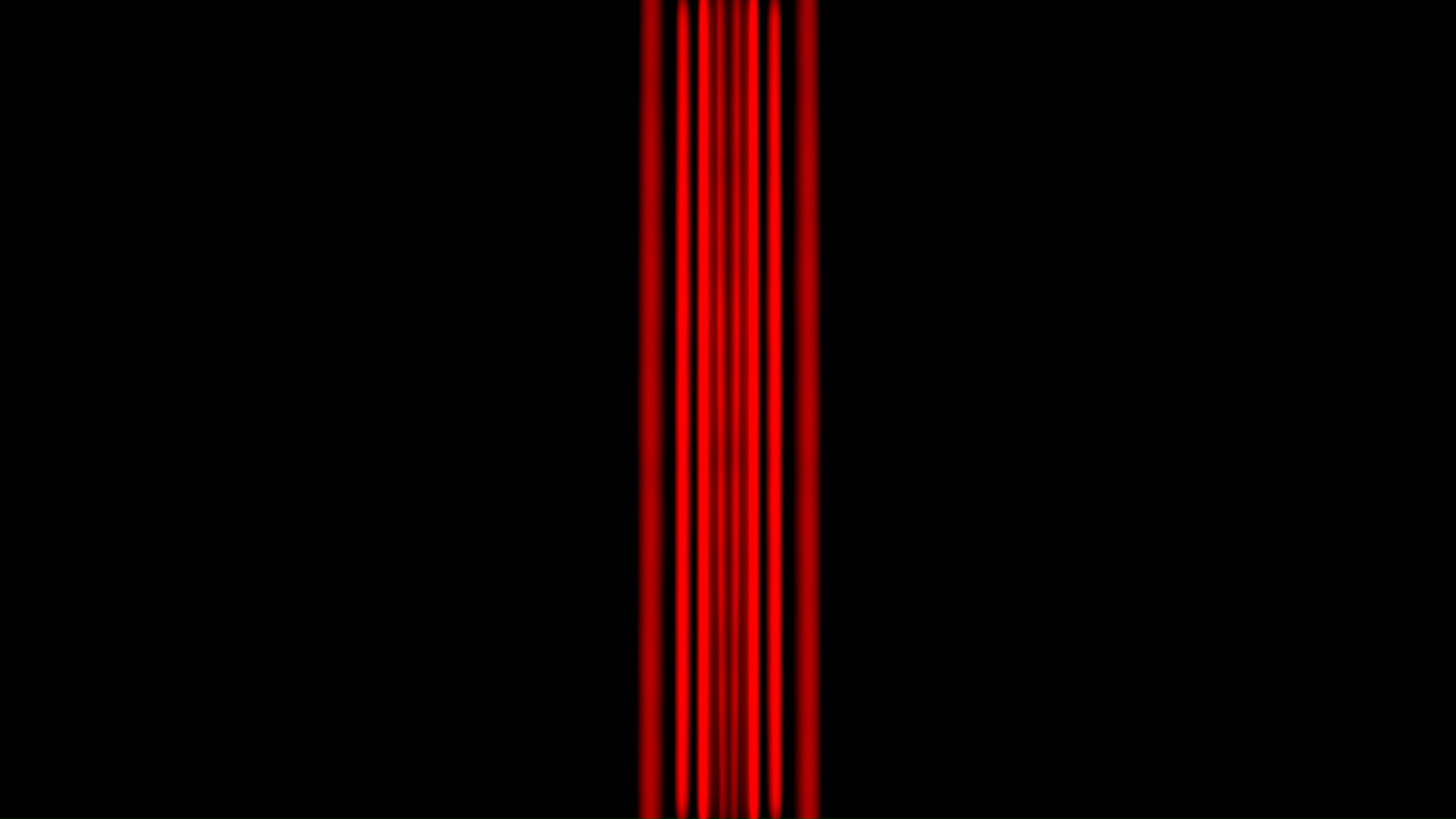


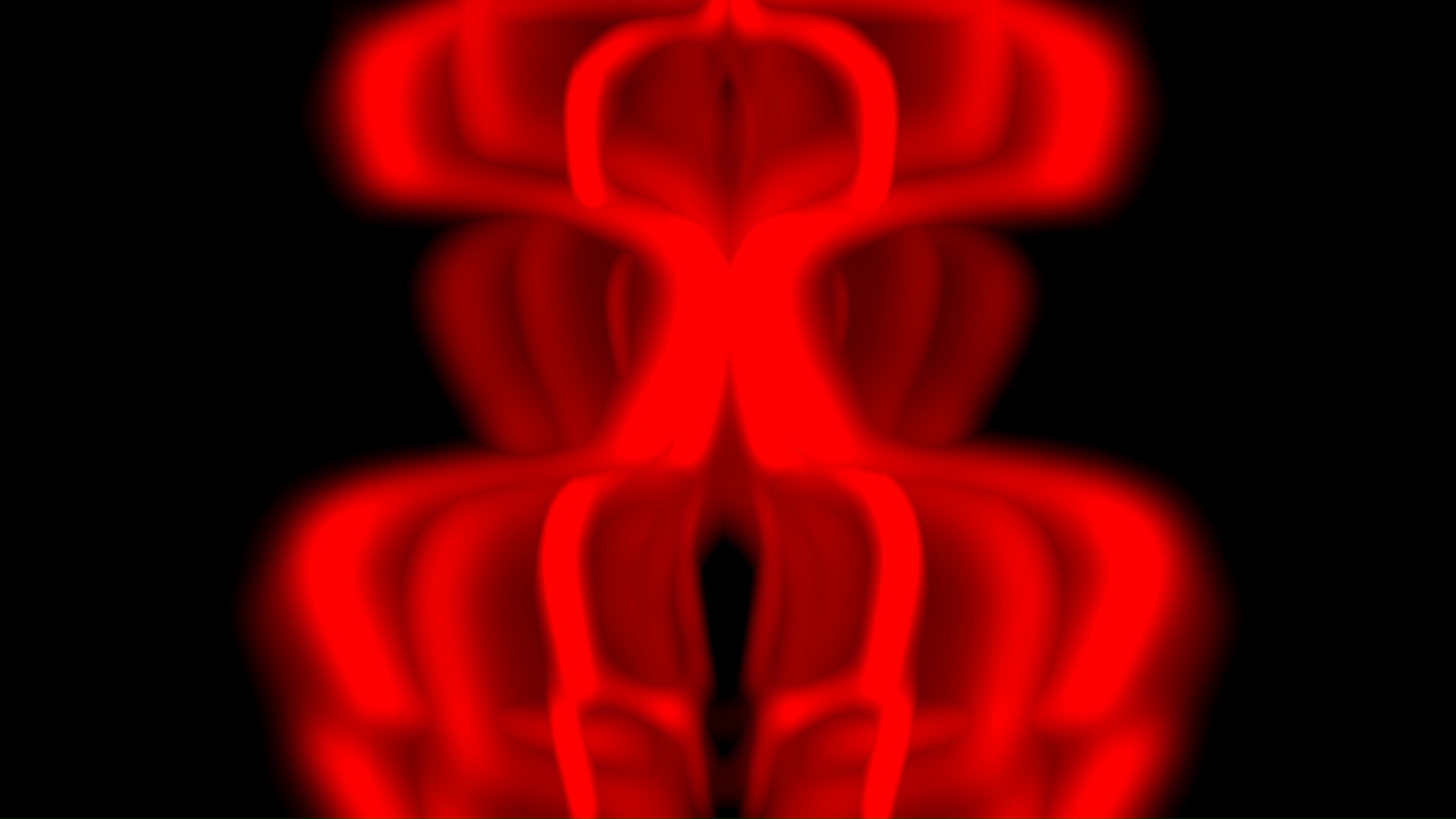
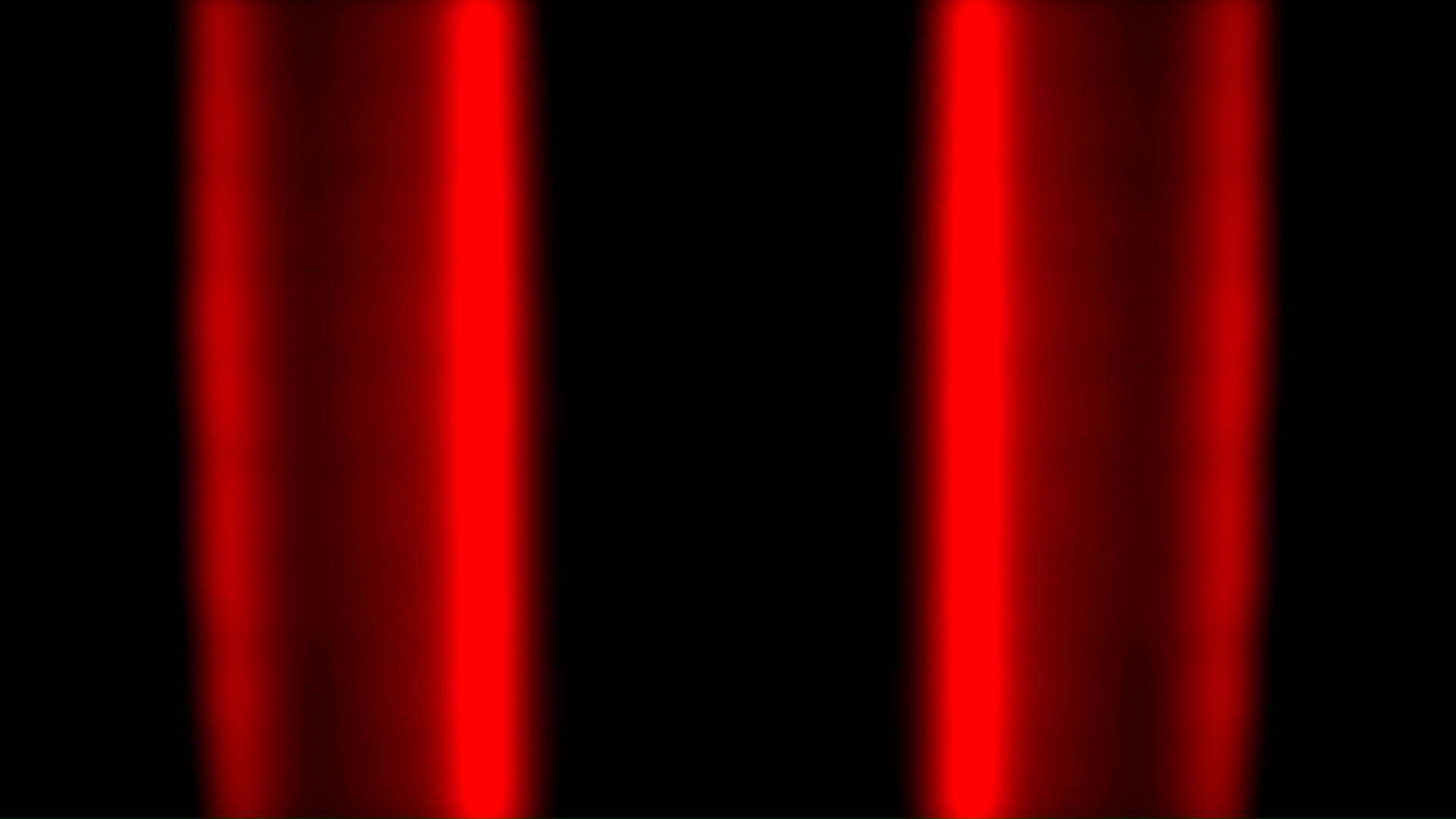

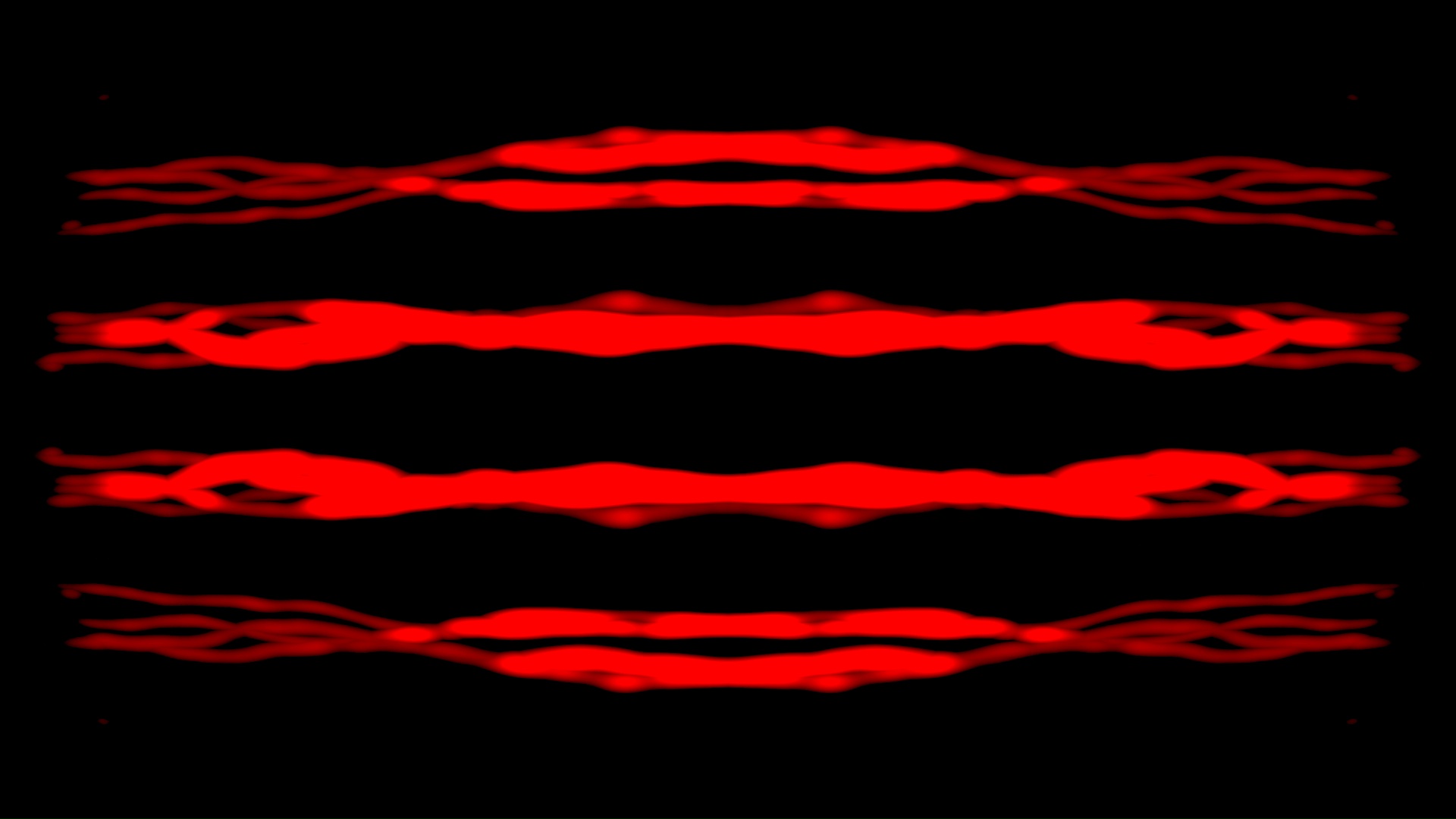
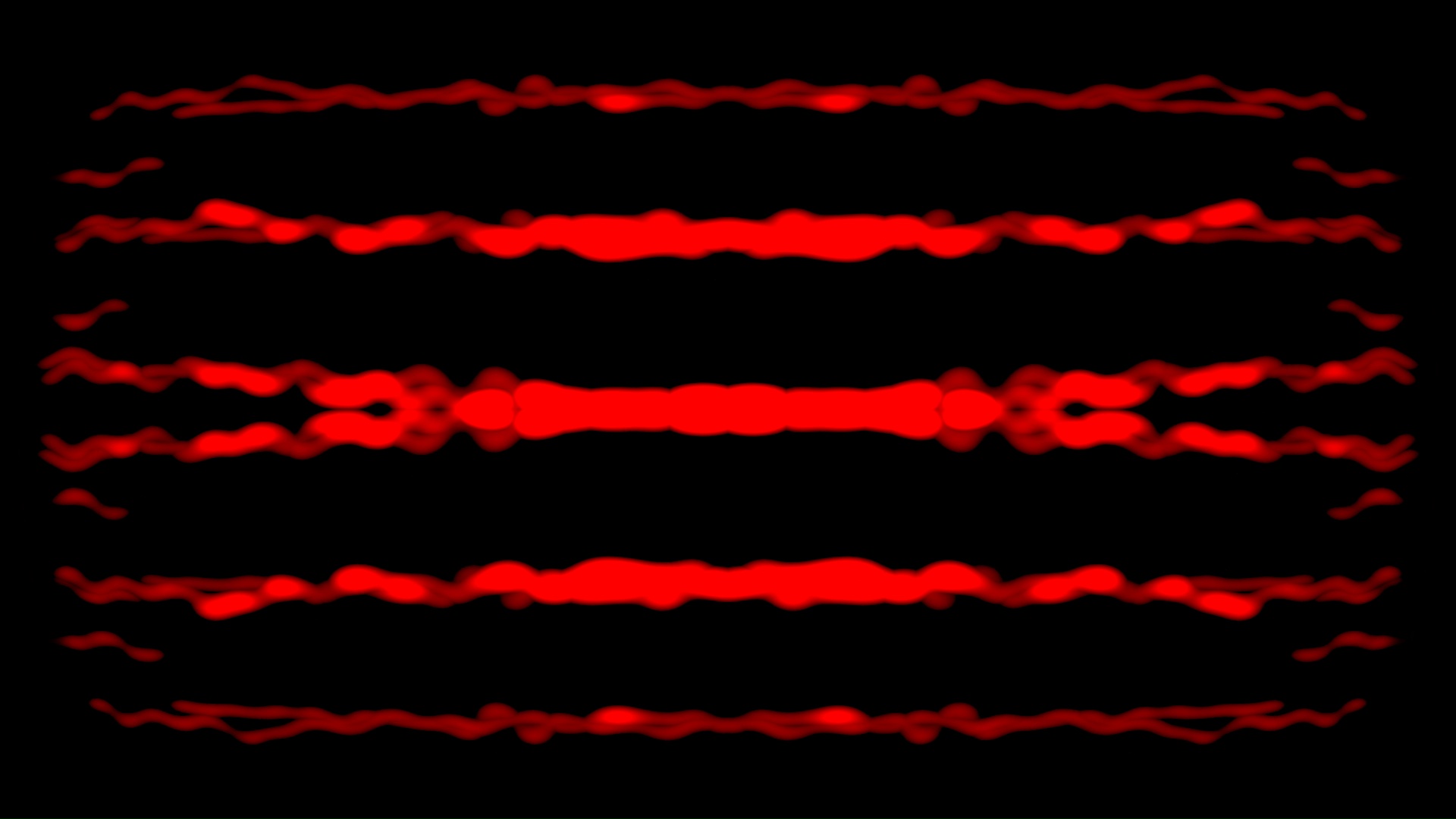
And lastly, big thanks to everyone that took a peek at my short of Director X’s “Death of the Sun” installation that was part of Nuit Blanche 2016. It’s now the most-viewed video within a 2 week period on Big Head Amusements’ YouTube channel!
Thanks for reading,
Mark R. Hasan, Editor
Big Head Amusement
